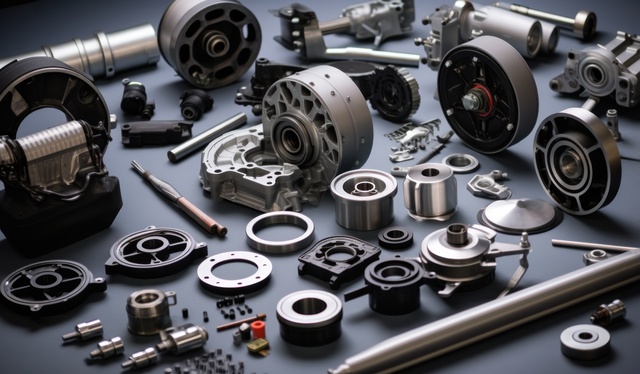What Is the Most Commonly Replaced Tipper Part?

Understanding the Demands of a Tipper Truck
Tipper trucks are built for strength and endurance, but even the toughest machines experience wear and tear over time. These vehicles endure constant lifting, lowering, and exposure to heavy loads, dirt, and moisture. From construction sites to quarries, every load cycle places strain on the hydraulic system, body components, and structural fittings. Regular maintenance is essential to keep these hardworking vehicles running safely and efficiently.
The Most Frequently Replaced Component – The Hydraulic Ram
The hydraulic ram, or hoist cylinder, is the powerhouse behind every tipper truck. It lifts and lowers the tipper body, handling enormous pressure during each operation. Over time, seals wear out, rods corrode, or internal leaks develop, leading to slower operation or uneven tipping. A sluggish or jerky motion is often the first sign of hydraulic issues. Because it does the heavy lifting, the ram is one of the most frequently replaced components. Using high-quality replacement rams ensures smoother performance, reduced downtime, and safer operation. When replacing the ram, it’s also a good idea to check hoses, fittings, and hydraulic oil condition to prevent future issues.
Other Commonly Replaced Tipper Parts
While the hydraulic ram takes the most stress, several other components are also prone to wear. Commonly replaced truck tipper parts include hydraulic hoses and fittings, which can crack or leak under pressure; tailgate hinges and latches, which suffer from repeated impact and vibration; and pivot pins or body mounts, which wear down over time due to constant movement. Electrical switches, control valves, and rubber buffers are also frequent replacements. Even minor parts play a vital role in safety and function, so keeping them in top condition is key to smooth operation.
Maintenance Tips to Extend Part Lifespan
Regular maintenance is the simplest way to extend the life of your tipper parts. Start by inspecting the hydraulic system for leaks, corrosion, or low oil levels. Keep pivot points and hinges lubricated to prevent friction damage. Clean hydraulic fittings regularly to avoid contamination, which can cause seal failures. Addressing small issues early—such as slow hydraulic performance or squeaking hinges—prevents costly repairs later on. Always store your tipper with the body lowered to relieve pressure on the hydraulic ram when not in use.
Choosing the Right Replacement Parts
Selecting the correct replacement parts is crucial for performance and safety. OEM parts ensure precise fitment and reliability, while aftermarket options can offer great value if sourced from a trusted supplier. Always match the specifications—such as pressure rating, dimensions, and mounting style—to your existing components. Replacing like-for-like ensures consistent operation and prevents premature wear.
When to Replace vs. When to Repair
In some cases, damaged parts can be repaired through seal replacement or welding. However, if corrosion, cracking, or distortion is present, replacement is the safer option. Replacing worn components early avoids downtime and keeps your tipper compliant with safety regulations. Always weigh the cost of repair against the impact of potential failure on the job site.
Wrapping Up
The hydraulic ram remains the most commonly replaced tipper part due to the heavy workloads these trucks endure, but maintaining the entire system is essential for long-term reliability. Regular inspections, quality parts, and timely replacements all contribute to a safer and more efficient tipping operation. Taking a proactive approach ensures your tipper performs at its best—load after load.




